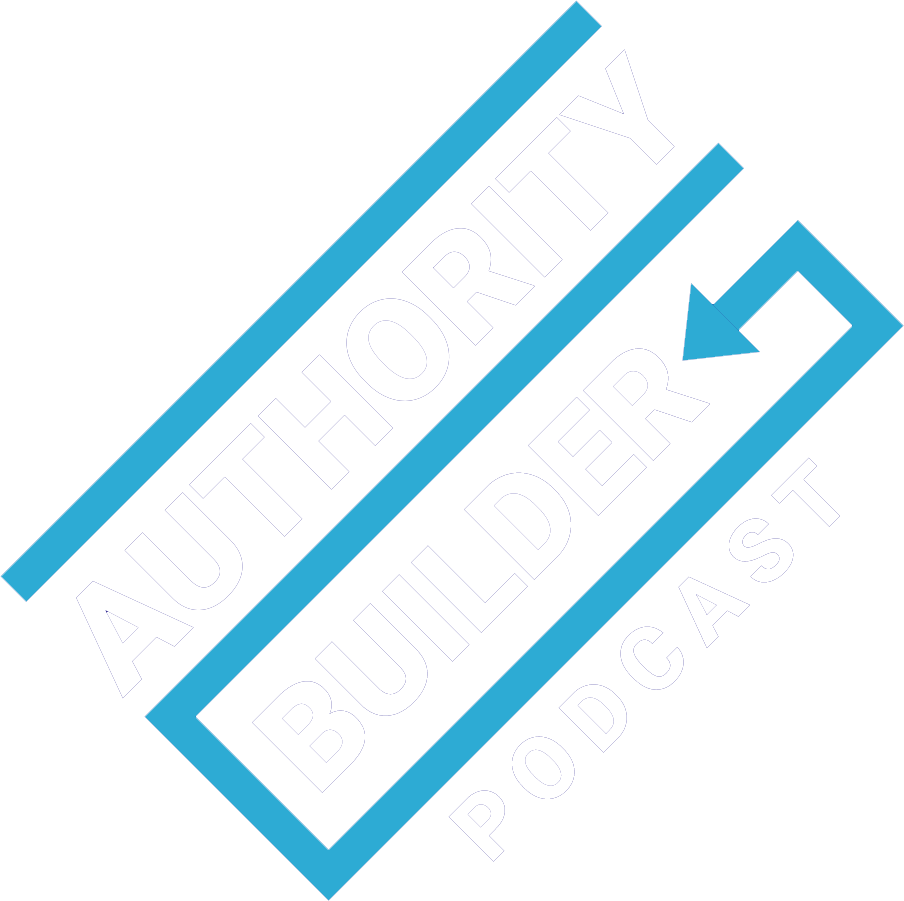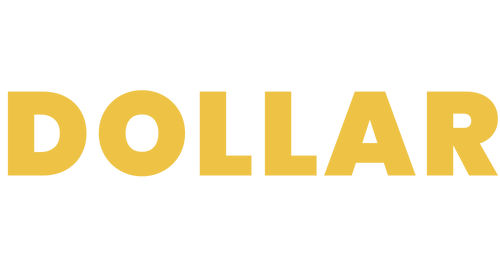There are a lot of misconceptions about LinkedIn out there, says Trevor Turnbull. It’s not Facebook for business people. It’s not an online business card and resume. It’s not a place to spam hundreds of people hoping to find leads.
But when used correctly this social media platform can pull in a steady stream of qualified prospects, says Trevor. And he should know. He’s The LinkedIn Guy, with more than 26,000 people having gone through his training programs.
In this episode, he talks about an effective client acquisition system he’s created, the LinkedIn Linchpin Method, that leverages the true value of LinkedIn, as well as…
- How to avoid being perceived as a spammer
- A content creation strategy that actually works, including a format you wouldn’t expect
- Why you must start a conversation with a prospect before you ever talk to them – and how to do it
- The reason you must act like a “human” on LinkedIn
- And more
Listen now…


